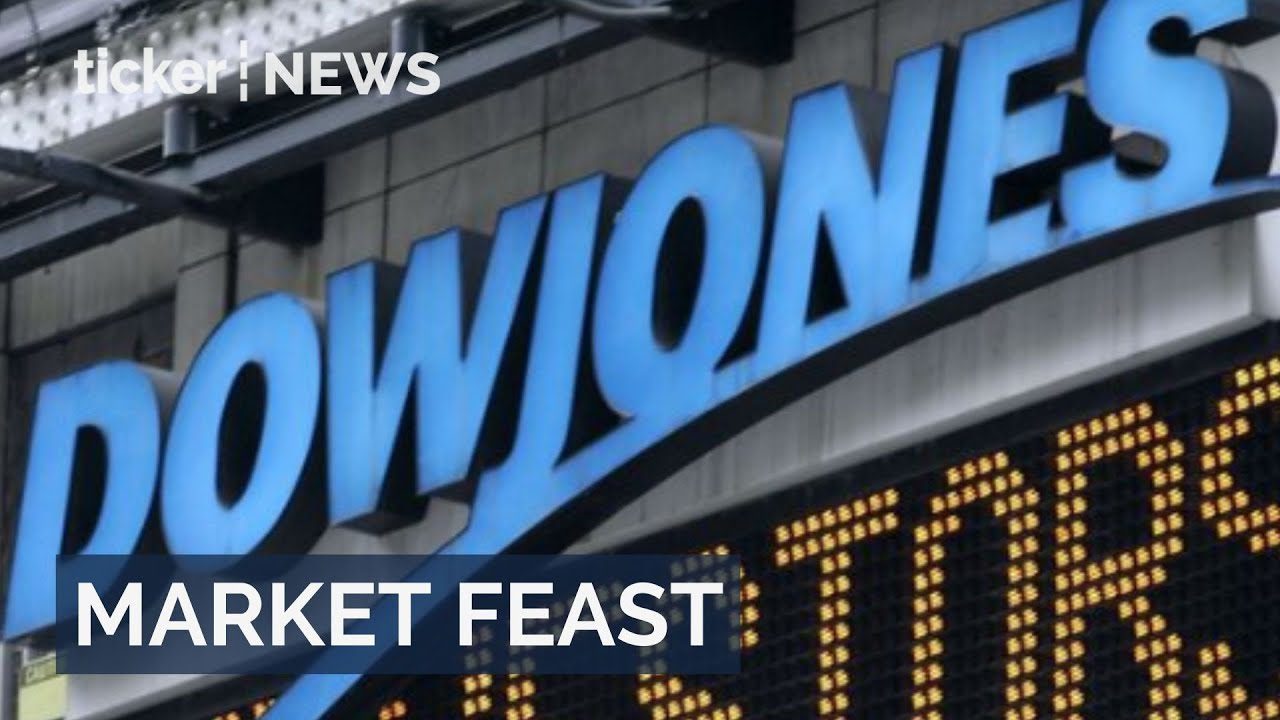Money
Netflix’s latest Blockbuster is a mix of nostalgia and reality

Money
Stocks rally ahead of Thanksgiving as markets log four days of gains
Markets gain momentum ahead of Thanksgiving, with the Dow up 388 points and Oracle rising 4% amid investor optimism.
Money
Dow surges 500 points amid rate cut optimism
Dow jumps 569 points on fresh hopes for December rate cut and AI market optimism
Money
Gold prices surge as Central Banks buy big, but risks grow ahead
Gold prices surge as central banks increase demand; risks include a stronger dollar and rising interest rates.
-



 Leaders22 hours ago
Leaders22 hours agoH2Pro focuses on affordable green hydrogen
-



 Shows2 days ago
Shows2 days agoBrisbane’s economic growth and innovation drive 2032 goals
-



 Leaders22 hours ago
Leaders22 hours agoCarbonBlue revolutionises carbon capture and lime production
-



 Shows2 days ago
Shows2 days agoFusion of East and West: A recipe for success
-



 Shows5 days ago
Shows5 days agoAccessibility gaps in cybersecurity
-



 News2 days ago
News2 days agoChina naval activity raises tensions from Philippines to Galápagos
-



 Ticker Views5 days ago
Ticker Views5 days agoThe housing crisis is forcing Americans to choose between affordability and safety
-



 Shows2 days ago
Shows2 days agoVictoria’s new granny flat rules spark a modular housing boom










